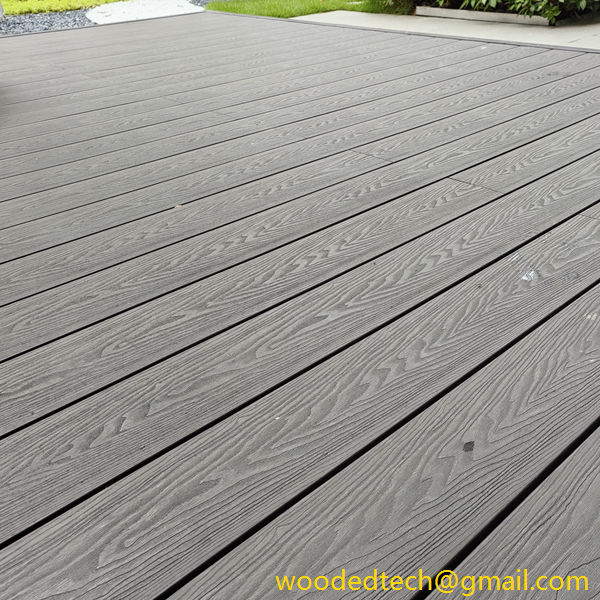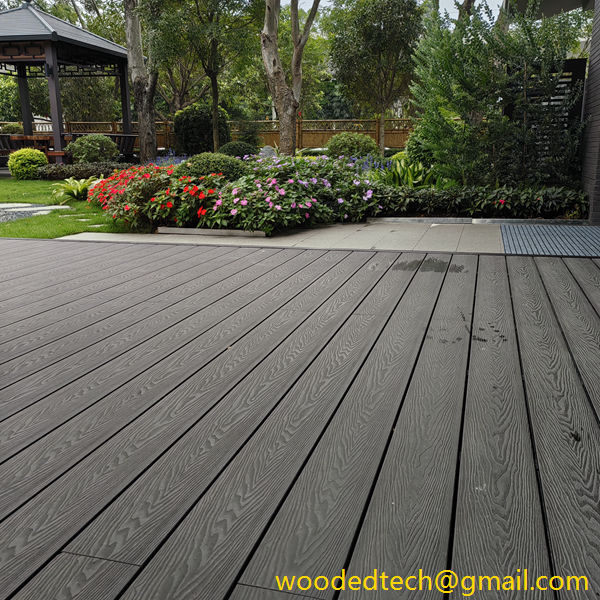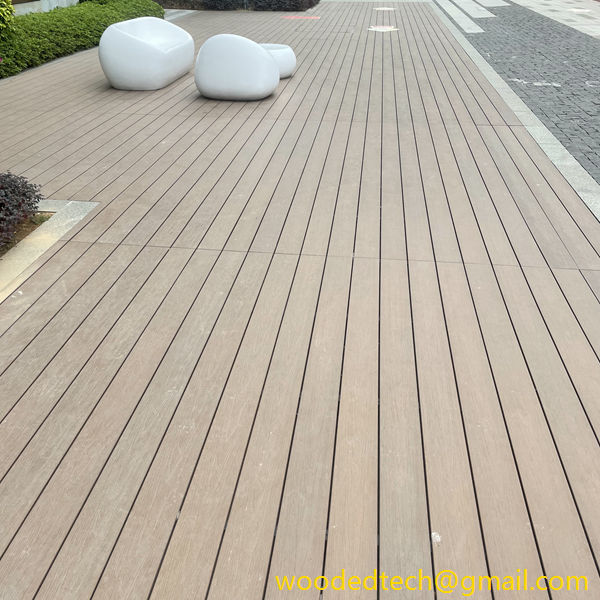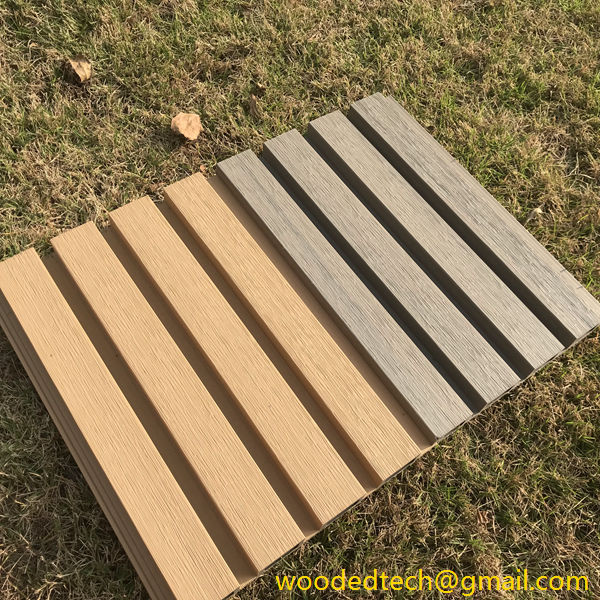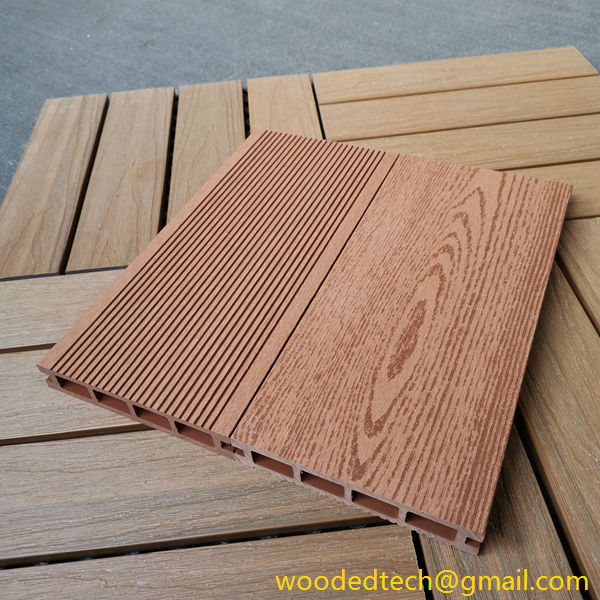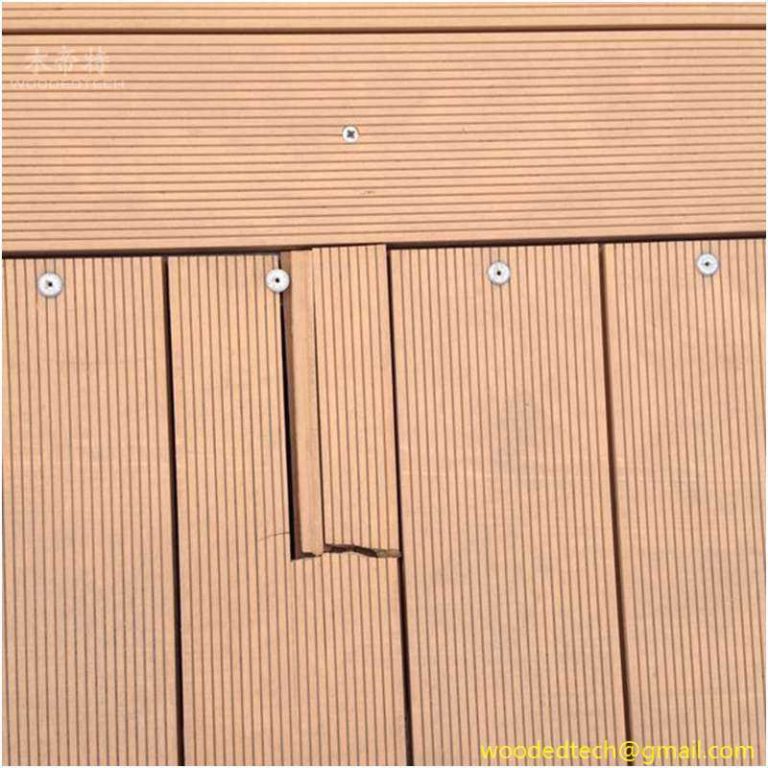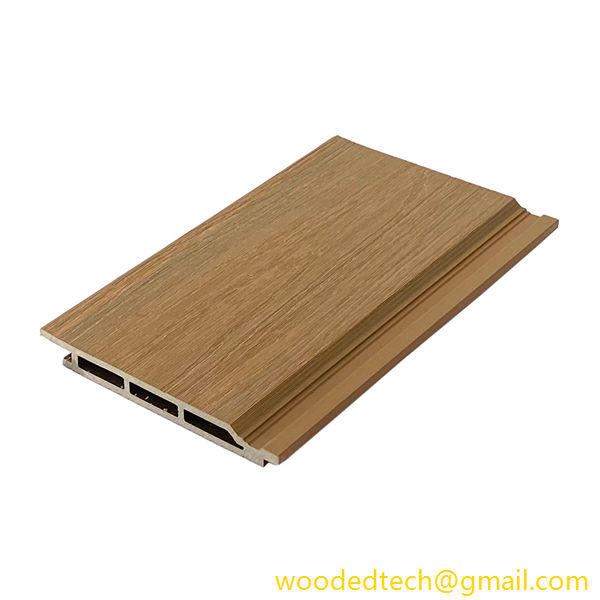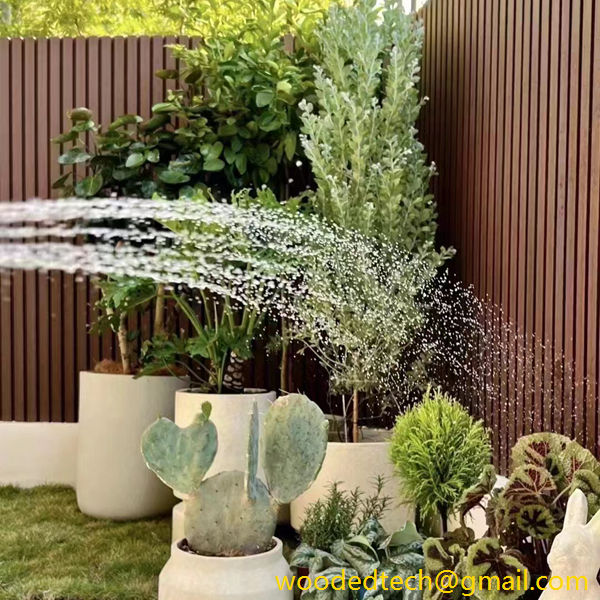Manter o deck de compósito fresco em tempo quente
Manter o deck de compósito fresco em tempo quente À medida que o mundo continua a debater-se com o aumento das temperaturas e padrões climáticos extremos, a importância de manter os espaços exteriores confortáveis nunca foi tão pronunciada. Um dos elementos significativos nos espaços exteriores é o deck em compósito, que ganhou popularidade devido à sua durabilidade, baixa manutenção e...
Manter o deck de compósito fresco em tempo quente
As the world continues to grapple with rising temperatures and extreme weather patterns, the importance of keeping outdoor spaces comfortable has never been more pronounced. One of the significant elements in outdoor living spaces is composite decking, which has gained popularity due to its durability, low maintenance, and aesthetic appeal. However, with the growing demand for composite decking, understanding how to keep it cool in hot weather is crucial for homeowners and manufacturers alike. This article will explore various strategies for keeping composite decking cool, while also considering the implications of global production capacity distribution.
Composite decking materials are generally made from a blend of wood fibers and plastic. While they offer many advantages over traditional wood decking, one notable downside is that they can absorb heat, making them uncomfortable to walk on during hot weather. This issue is especially relevant in regions experiencing extreme heat, where outdoor spaces can quickly become uninhabitable.
To mitigate the heat retention of composite decking, manufacturers and homeowners can employ various strategies. One of the most effective ways to keep composite decking cool is to choose lighter colors. Darker shades absorb more sunlight and heat, whereas lighter colors reflect sunlight and help maintain a cooler surface temperature. As the demand for composite decking rises globally, manufacturers are increasingly producing decking in a broader range of colors, allowing consumers to select options that will stay cooler under the sun.
In addition to color selection, proper installation techniques play a vital role in maintaining a comfortable outdoor environment. Adequate spacing between decking boards allows for airflow, which can help to dissipate heat. Moreover, installing the decking in a pattern that maximizes shade from surrounding trees or structures can significantly reduce the amount of direct sunlight hitting the surface. Homeowners should also consider the orientation of their decking; positioning it to receive less direct sunlight can help keep it cooler during peak heat hours.
Another effective method for keeping composite decking cool is to incorporate landscaping elements. Strategically placing trees, shrubs, or even trellises can create shaded areas that protect the decking from direct sunlight. Not only do these landscaping features provide shade, but they also enhance the overall aesthetic appeal of outdoor spaces. Additionally, using outdoor rugs or mats can provide a barrier between feet and the hot surface of the decking, making it more comfortable to walk on during hot days.
From a global production capacity distribution perspective, the demand for composite decking is influenced by a variety of factors, including climate, local building practices, and consumer preferences. In regions with hotter climates, the demand for heat-resistant decking solutions is likely to increase. Manufacturers that can adapt their production lines to meet these regional demands will have a competitive edge.
For instance, companies in areas with high temperatures may focus on developing composite decking products specifically designed to minimize heat absorption. This could involve researching new materials or coatings that enhance the reflective properties of the decking. In contrast, manufacturers operating in cooler climates may prioritize other features, such as slip resistance or aesthetic appeal, as their primary selling points.
The distribution of production capacity is also affected by global supply chain dynamics. The sourcing of raw materials for composite decking can vary significantly based on geographical location. Some regions may have abundant access to the necessary wood and plastic materials, allowing local manufacturers to produce decking more cost-effectively. Conversely, areas that rely on imported materials may face higher costs and longer lead times, influencing their ability to respond quickly to changing market demands.
Additionally, environmental regulations and sustainability concerns are becoming increasingly important in the manufacturing of composite decking. Consumers are more inclined to choose products that are made from recycled materials or that have a lower environmental impact. As a result, manufacturers that can showcase their commitment to sustainability may find themselves with a competitive advantage in the global marketplace.
The rise in composite decking popularity has also led to innovations in production techniques. Advanced manufacturing processes, such as extrusion and injection molding, enable manufacturers to create more complex designs and textures in their decking products. This not only enhances the aesthetic appeal of composite decking but also allows for improved performance characteristics, such as better heat resistance.
Furthermore, as the global market for composite decking expands, manufacturers are increasingly looking to establish a presence in emerging markets. These regions often have a growing middle class that is investing in outdoor living spaces, creating new opportunities for composite decking sales. Understanding the unique needs and preferences of consumers in these markets will be essential for manufacturers seeking to expand their reach.
In conclusion, keeping composite decking cool in hot weather is a multifaceted challenge that involves color selection, installation techniques, landscaping, and material innovation. As global demand for composite decking rises, manufacturers must consider the implications of production capacity distribution and adapt their strategies accordingly. By focusing on regional needs, sustainability, and innovative manufacturing processes, companies can better position themselves in a competitive market while providing consumers with high-quality, comfortable outdoor solutions.

